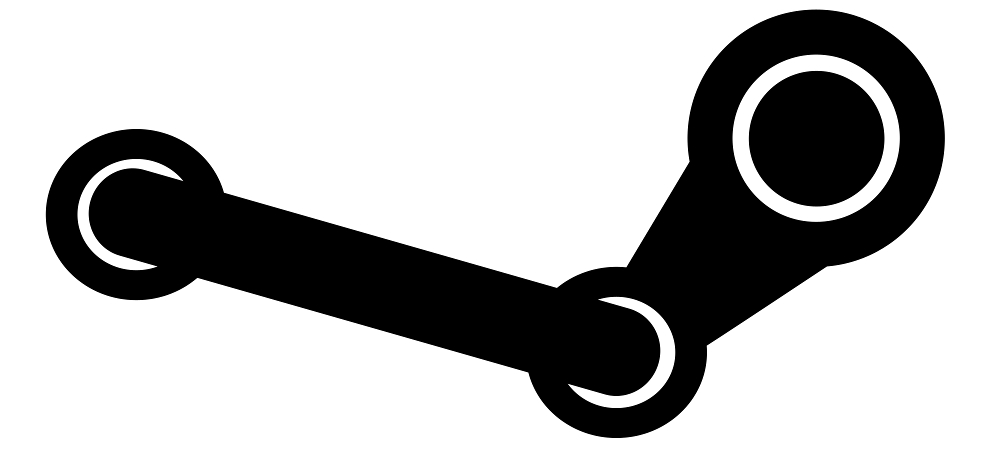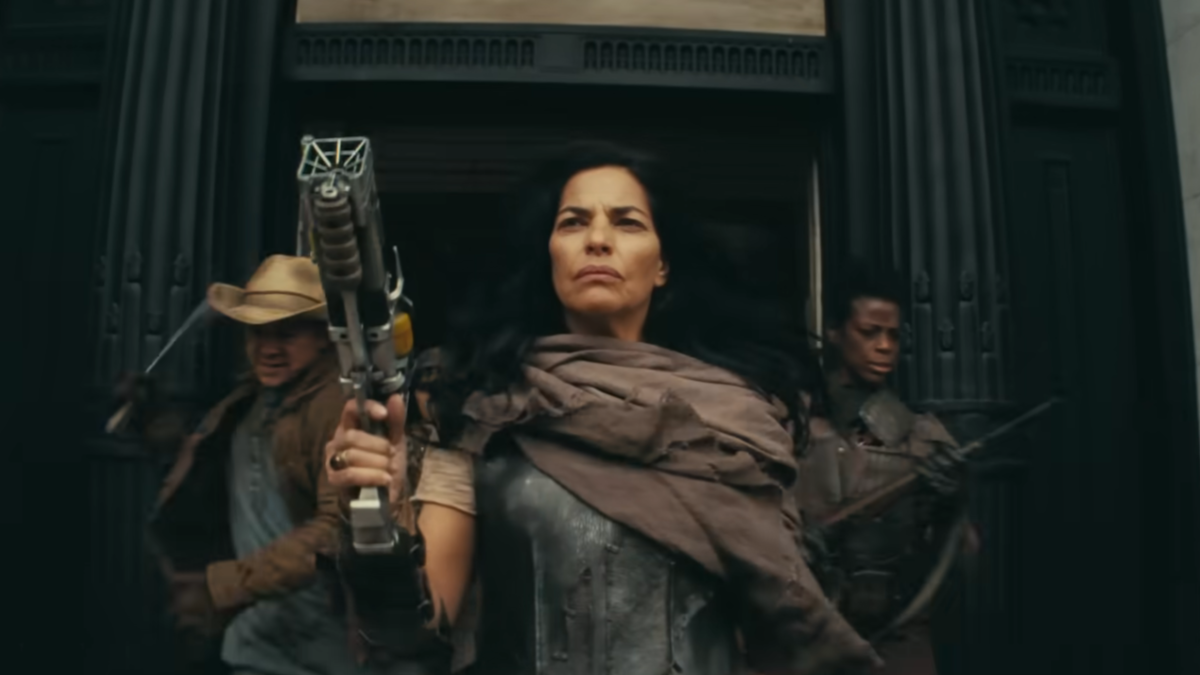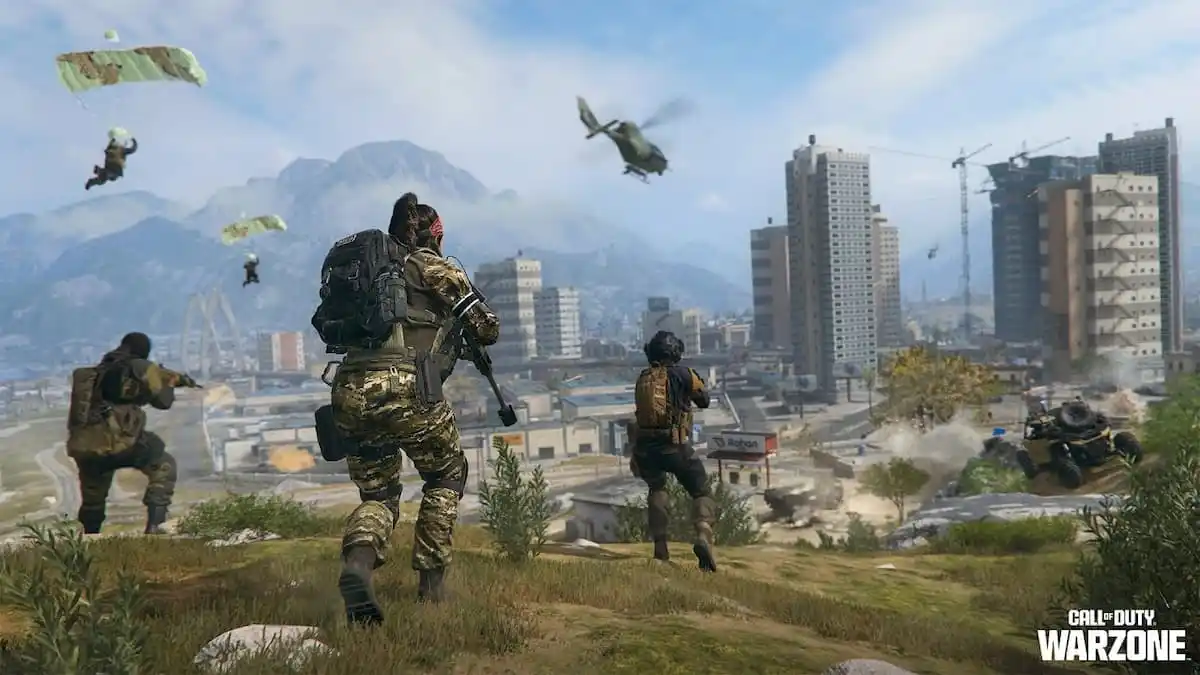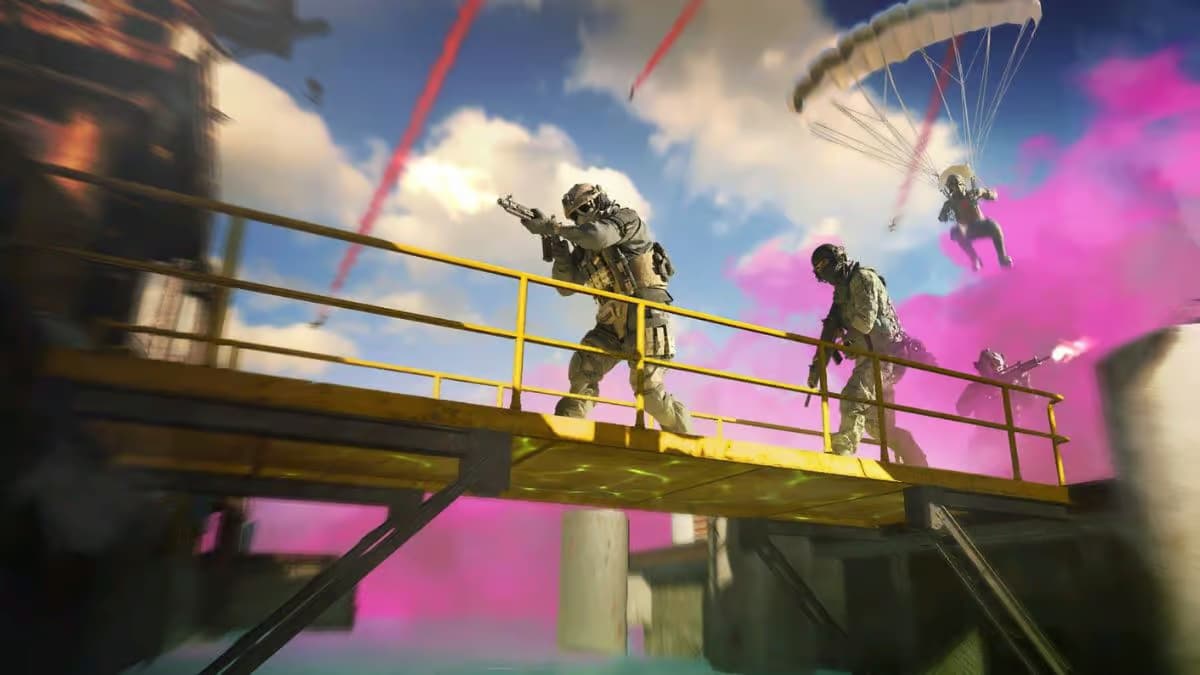This changes everything
Leading up the possible PlayStation 4 announcement on February 20, I’ve been looking into some paradigm shifts we’ve seen over the past generation. This is stuff that will likely be with us for a while; these are things that I think will continue on for at least a decade to come.
So far, we’ve already taken looks at motion controls and consoles becoming more like all-in-one media centers, eSports, Gamification, and today I’ll be finishing this series by looking at what might be the most important development since the console — digital distribution.
This may not seem like that big of a deal at first. After all, where people buy their games has never really been that big of a deal, but if we really think about everything that’s changing now, almost all of it can be traced back to, in some way, the rise of digital distribution on the back of burgeoning broadband networks in almost every section of the globe.

To truly understand just how important this is, you first need to understand a bit about the game industry itself. Generally speaking, most developers operate through a publisher that creates the physical discs, encodes them, creates the packaging and ships them out to the retailers. And that all takers place after the console manufacturer (Sony, Nintendo, Microsoft) approve the game for publication on their system.
Everyone in that process gets a cut of the game’s final sales — devs, pubs, console manufacturers, the shipping infrastructure, and the retailers. If the game is successful, then that translates into least money on the developer’s side for investment in future projects. Developers still risk almost everything while the potential rewards from that gamble are gobbled up by everyone else. Now, in many ways, this system helps subsidize the cost of consoles, and does provide extra capital to publishers who occasionally bankroll projects that might not otherwise ever see the light of day, but many developers would still prefer to see the largest percentage of sales come back to them as possible.
While certainly not the first platform of its kind, Valve was able to get the ball rolling with the completion and distribution of Steam in 2003. Through it, players could search for, purchase, and download any games that were currently available. Valve, in some sense, acted as a publisher of sorts, by taking a small chunk of any sales — after that though, the developers were allowed to keep whatever else was left. There was no retail store to deal with, and because Steam was only available on the PC, there was no one to approve of and license the game for distribution. That one change started a revolution, whose effects are becoming more and more apparent every day.
After the release of the Xbox 360, Microsoft established their digital storefront called Xbox Live Marketplace. Nintendo and Sony followed suit with the Wii Shop Channel and PlayStation Store, respectively. While the console crowd was a few years behind, their entrance into the digital distribution market would be no less influential. In the years since, each of their stores has seen an exceptional list of exclusives, and in an era where multi-platforms are the norm, that is no small thing. Fez, Journey and the entire BIT.TRIP series, were for a time, at least, exclusive to a different platform.
While none of these stores completely overthrew the traditional publication model, they outlets seemed to favor smaller, cheaper games that were a bit more successful than their full-priced, AAA brethren. A new set of price points became the norm — $5, $10 and $15, certainly a far cry from the $60 gamers were accustomed to paying.
At those prices, consumers would be a bit more likely to take a risk on an untested product- even one that they had never heard of. Indie games like the ones I mentioned earlier plus dozens of others have become more and more common. In many ways this matches the general trend we’ve seen in all forms of media over the past decade. Instead of buying whole albums, customers can pick and choose tracks they like. People can get Netflix and try out all kinds of movies and television shows with very little financial risk. Ebooks and the ability of authors to self-publish online has given many, many more people a variety of options for media consumption.

The real game changer here, the bit that has already started changing how the vast majority of people plays games has really only gained traction in the past two or three years.
Games like Temple Run have been downloaded tens of millions of times, with Angry Birds recently topping one-billion downloads. That reaches a level of cultural ubiquity of which most can only dream. The PS2, the single most successful game console ever, has been around for 12 years and moved 150 million units. Android alone has 500 million devices in hands, with 1.3 million more activations per day.

These numbers are absolutely ludicrous, and while I know many “core” gamers aren’t too thrilled about it, Nintendo and Sony, with their relatively modern handhelds, are still light years behind the new face of the market. It’s difficult to say exactly where all of this will end up, but portable gaming is here to stay, and the old guard has never seemed more incompetent and more resistant to change.
A few closing thoughts
If there’s one thing that we should really be taking away from all of this, it is that this past generation has been nothing if not superlative. Our medium is growing, and it is doing so at an incredible rate. Yes, retail sales and the like have been in decline and yes, more than a few studios have seen their doors close earlier than they deserve, but the mainstream adoption of gaming in all its forms is incredible.
These days, everyone’s a gamer.




